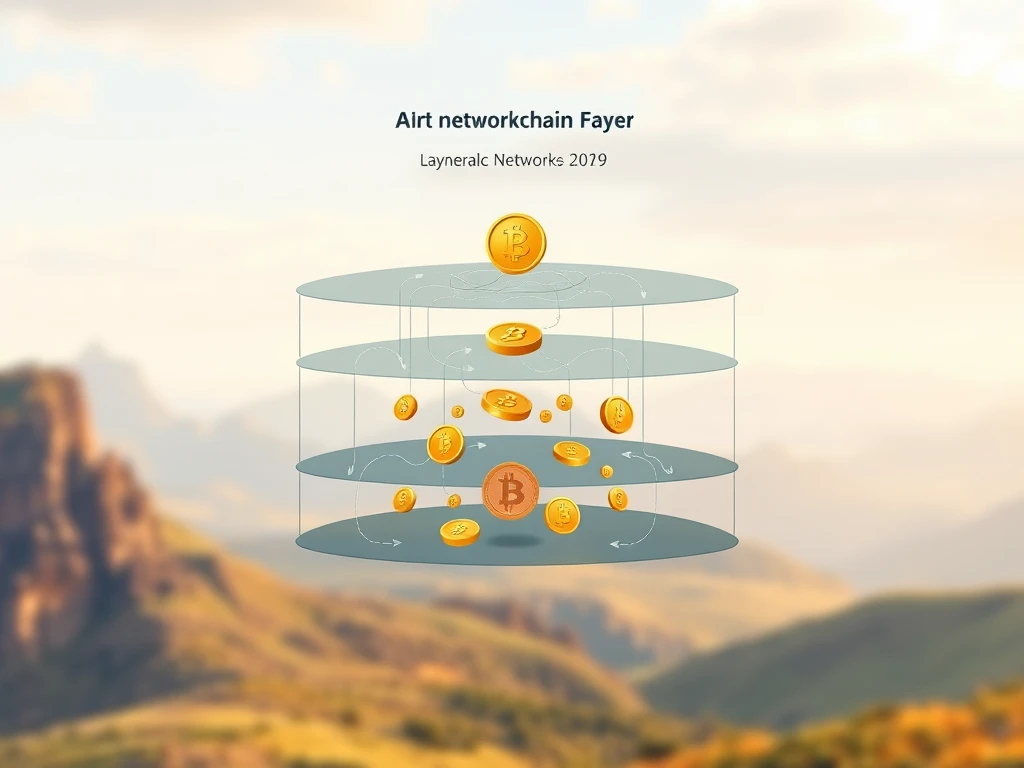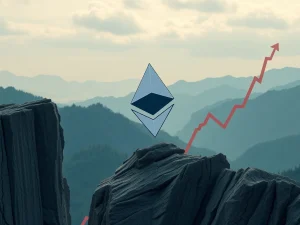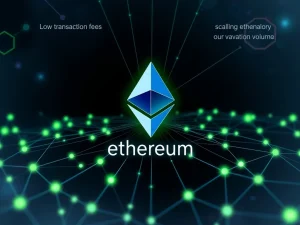Ethereum Fees: Radical New Proposal Targets App Layer Economics

The world of decentralized applications on Ethereum is constantly evolving, and so are the ideas for how the network should function economically. A significant discussion has emerged regarding Ethereum fees, specifically how they are structured and collected at the application layer. This isn’t just about transaction costs; it’s about creating a sustainable ecosystem where builders can thrive while users aren’t unfairly burdened.
Understanding the Proposed App Layer Fees
Two members of the Ethereum community, Kevin Owocki and Devansh Mehta, have put forward a detailed proposal to introduce a dynamic fee structure specifically for the app layer fees. Their goal is to find a middle ground – ensuring that those building decentralized applications can generate revenue, while also maintaining fairness in how fees are extracted from users or projects.
The core of their proposal, outlined on April 27, involves a relatively simple mathematical approach:
- It uses a square root function that causes the percentage of fees taken to decrease as the total funding allocated to a project grows.
- For smaller projects or funding pools, the square root function (sqrt(1000 * N), where N is the funding amount) means a proportionally higher percentage is taken. This is intended to make building smaller mechanisms economically viable. For example, with $170,000 in funding, the calculated fee might be around 7%.
- Critically, the proposal includes a cap: once a project’s funding pool reaches $10 million, the fee percentage is capped at 1%.
This tiered approach aims to support small builders by not overburdening them with excessive fees initially, while also encouraging growth by significantly reducing the fee percentage as projects scale and attract more funding. The visualization provided alongside the proposal clearly shows how the fee percentage tapers off as funding levels increase.
Why Rethink Crypto Fees on Ethereum?
The motivation behind this proposal isn’t isolated. It reflects a broader conversation within the Ethereum community about reforming fee structures and value accrual mechanisms. Maintaining Ethereum’s economic health and competitive edge against other networks is a key concern.
Here’s some context highlighting the challenges Ethereum faces:
- **Competitive Landscape:** Networks like Solana have seen significant developer growth. In 2024, Solana reportedly onboarded more developers than Ethereum, attracting 7,625 new developers compared to Ethereum’s 6,456. While Ethereum still leads in total developer talent, its position is facing increased pressure. Solana is emerging as a strong second choice for decentralized application developers.
- **Declining Base Layer Fees:** According to Santiment, Ethereum base layer fees hit five-year lows in April 2025. This is largely attributed to reduced activity and demand for smart contract operations like decentralized finance (DeFi). Lower activity and fees can impact investor sentiment and potentially lead institutions to reduce their Ether (ETH) holdings.
These factors underscore the need for Ethereum to innovate economically, ensuring that its crypto fees structure across all layers remains attractive and sustainable for developers and users alike.
Implications for Blockchain Fees and Web3 Development
This proposed structure for blockchain fees on Ethereum’s app layer has wider implications for the entire Web3 ecosystem. If successful, it could set a precedent for how other networks consider balancing platform revenue, developer incentives, and user costs.
The dynamic, capped fee model attempts to address a common challenge in decentralized ecosystems: how to fund public goods or network improvements without creating prohibitive costs for participants. By linking the fee percentage to funding size, it creates a progressive system.
For the broader world of Web3 fees, this proposal highlights the ongoing experimentation required to find optimal economic models. It acknowledges that a one-size-fits-all fee structure may not be suitable for the diverse range of applications and projects being built in the decentralized space.
Summary
The proposal from Kevin Owocki and Devansh Mehta introduces a novel dynamic fee structure for the Ethereum application layer. Utilizing a square root function that tapers off to a 1% cap for larger projects, it seeks to balance revenue generation for app builders with fairness and scalability. This initiative comes at a crucial time as Ethereum navigates increased competition from networks like Solana and faces declining base layer fees. The success of such proposals could significantly influence the future economic viability of Ethereum and provide valuable insights for how blockchain fees and Web3 fees are managed across the decentralized landscape.









